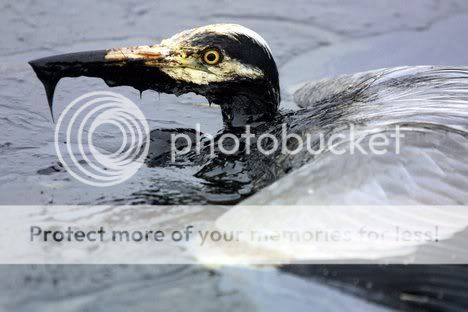- Joined
- Dec 17, 2009
- Messages
- 14,747
- Reaction score
- 4,238
- Points
- 0
- Location
- Carlisle, Pennsylvania, USA
What I'd call a precedent with the big difference being the ship contained a finite amount of oil.
How much oil will eventually flow out of BP's well?
What could the long-term consequences include?
What will the coastline suffer over the next 20 years or more?
Some possible answers:
Exxon Valdez oil spill - Wikipedia, the free encyclopedia
How much oil will eventually flow out of BP's well?
What could the long-term consequences include?
What will the coastline suffer over the next 20 years or more?
Some possible answers:
Exxon Valdez oil spill - Wikipedia, the free encyclopedia






